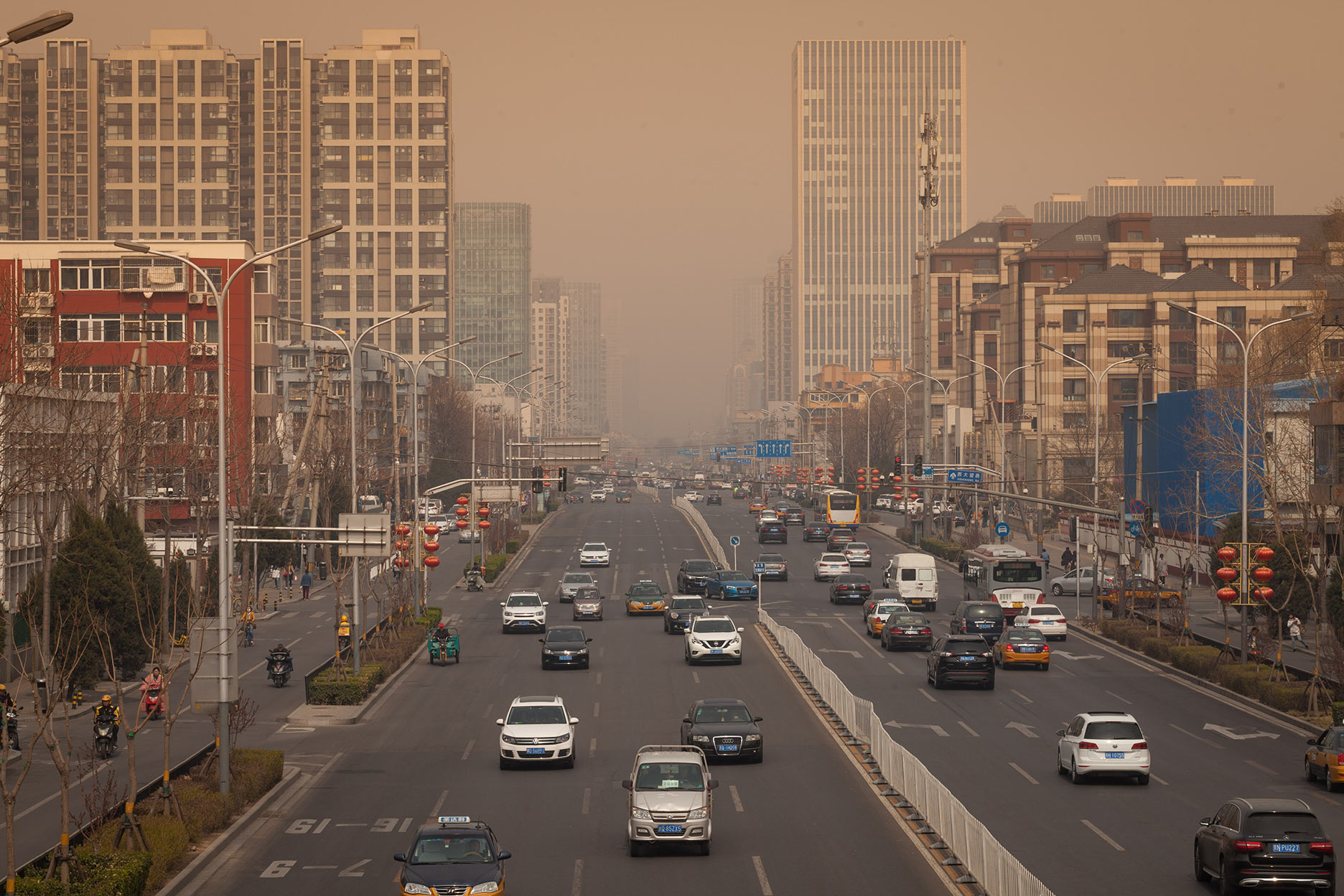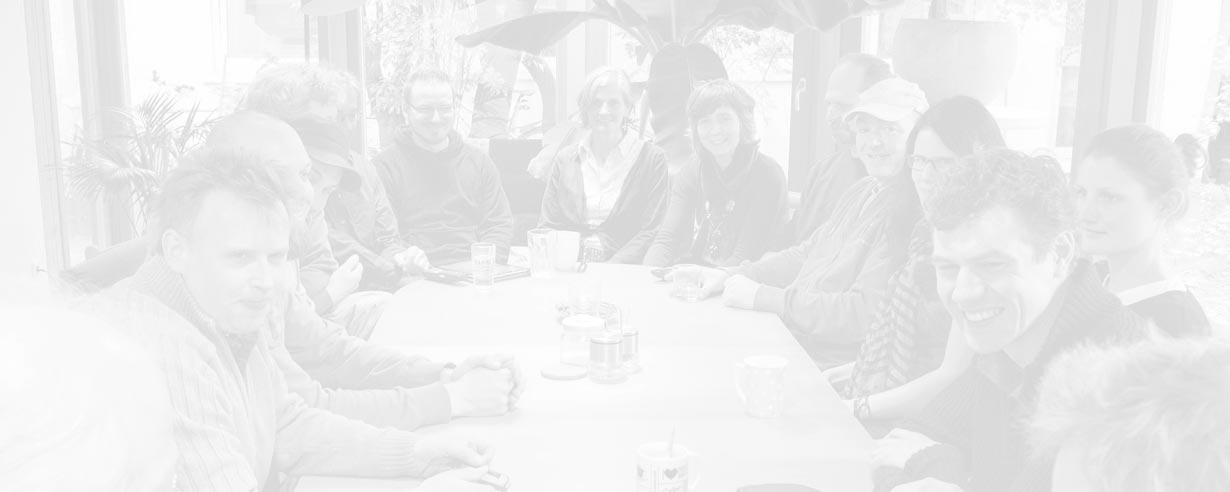
Der kleinste mobile 5-in-1 Profi-Sensor für Luftqualität Macht unsichtbare Luftwerte sichtbar. Feinstaub, CO₂, VOCs, CO und NOₓ – messen, verstehen, handeln.
Jetzt vorbestellen – lieferbar ab März 2026.







Der kleinste mobile 5-in-1 Profi-Sensor für Luftqualität Macht unsichtbare Luftwerte sichtbar. Feinstaub, CO₂, VOCs, CO und NOₓ – messen, verstehen, handeln.
Jetzt vorbestellen – lieferbar ab März 2026.


Senden Sie uns Ihr altes “BAPPUclassic” zu und erhalten Sie beim Kauf eines neuen “BAPPUevo” € 200, egal in welchem Zustand sich Ihr Altgerät befindet.
Benutzen Sie unseren Konfigurator, wählen BAPPUevo, geben "Tauschaktion" ein und Ihr Vorteilsangebot ist gesichert!

Der BAPPU-IRevo (Infrarotsensor) ergänzt die Klimamessungen am Arbeitsplatz ideal, denn mittels der Oberflächen-Temperaturmessungen können energetisch ungünstig abstrahlende Flächen erfasst werden. So lassen sich zum Beispiel Temperaturen von schlecht isolierten Außenwände, die die Behaglichkeit negativ beeinflussen, messen; und das schnell und berührungslos.
- Ab sofort erhältlich -

Die leistungsfähige Software zur Verwaltung und Dokumentation von Kundendaten, Messdaten und Geräten.

BAPPU-evo ist ein komfortables Multimessgerät zur Orientierungsmessung gesundheitsrelevanter Umgebungsmerkmale an Arbeitsplätzen in Verwaltung und Industrie.

VOCOO+ ist ein IAQ-Monitor zur Beurteilung der Innenraumluft. CO2, Feinstaub, CO und TVOC-Indikator, werden auf ihre Konzentration hin in der Raumluft überwacht. Alle Messdaten sind über eine moderne Online-Anwendung via WLAN abrufbar.

BAPPUevo ist ein komfortables Multimessgerät zur Orientierungsmessung gesundheitsrelevanter Umgebungsmerkmale an Arbeitsplätzen in Verwaltung und Industrie. Das Gerät zeichnet sich durch hohe Benutzerfreundlichkeit und viele arbeitserleichternde Funktionen aus.
Lufttemperatur mit Taupunktanzeige
Relative Luftfeuchtigkeit
Lärmpegel (Klasse 2) mit C-Peak bis 137dB, gemäß DIN EN 61672-1
Flimmerfrequenz
CO2 (Kohlenstoffdioxid)
Feinstaubsensor (pm): PM1, PM2.5, PM10
Luftgeschwindigkeit
VOC-Indikator (flüchtige organische Verbindungen)
CO (Kohlenstoffmonoxid)
Globetemperatur
Berechnung der PMV/PPD-Indizes (Klimasummenmaße) und Wärmestrahlung
BAPPU-time-Software (Langzeitaufzeichnung)
Jetzt neu: BAPPUevo mit WLAN – und BAPPUnow, die smarte Software fürs Messdaten-Management.

CO2 (Kohlenstoffdioxid)
Feinstaubsensor (pm): PM1, PM2,5, PM10
TVOC-Indikator (flüchtige organische Verbindungen)

Moderne Online-Anwendung
Mit BAPPU erhalten Sie nicht nur ein Messgerät, sondern auch die Hilfestellungen von uns, die für eine einfache Handhabung von Messtechnik nötig sind.
BAPPU ist ein Produkt der
ELK - Gesellschaft für Erstellung, Layout und Konzeption elektronischer Systeme mbH
Gladbacher Straße 232
47805 Krefeld
Routenplaner
02151 78886-0
02151 78886-02